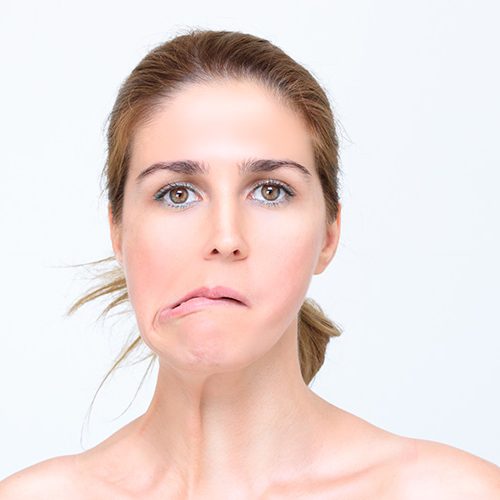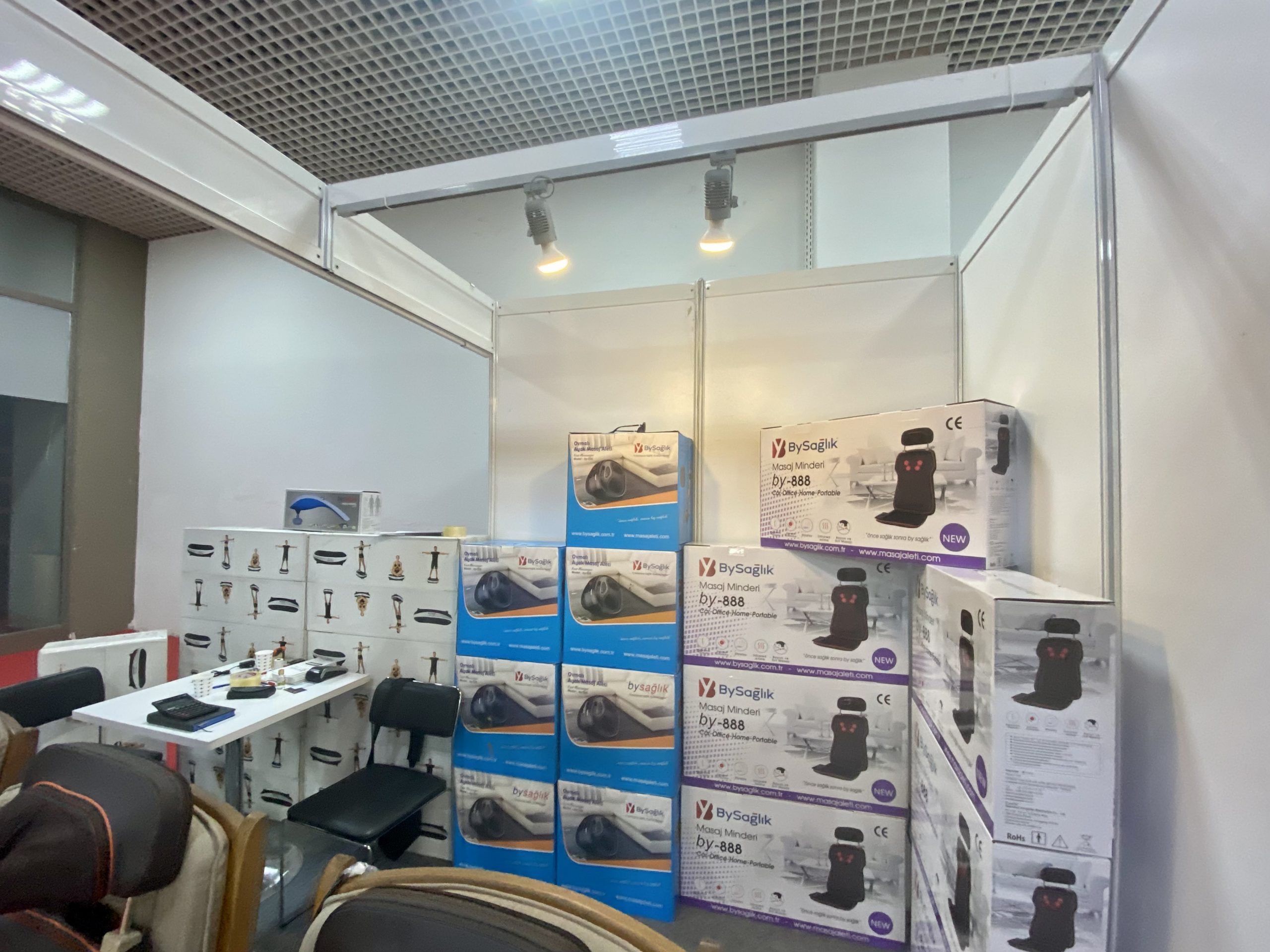Although the diseases that occur with the increase in cold mostly affect the upper respiratory tract, an unconscious disease is also encountered as facial paralysis (facial paralysis). Physiotherapist Leyla Altıntaş, Therapy Sport Center Physical Therapy Center, gave information about facial paralysis.
We have a nervous system that makes all the muscles in our body work. Our nervous system is divided into two, the central nervous system and the peripheral nervous system. The central nervous system consists of the brain and spinal cord, while the peripheral nervous system consists of cranial nerves originating from the brain and spinal nerves originating from the spinal cord. While any damage to the central nervous system affects the whole body, damage to the peripheral nervous system affects the muscle that that nerve stimulates. Our facial muscles are stimulated and moved by the facial nerve, which leaves the brainstem and runs through the bone behind the ear. The facial nerve has branches that go to our forehead, eyes, nose, lips and chin, and each branch is responsible for the movement of the muscles in its area.
Physiotherapist Leyla Altıntaş from the Therapy Sport Center Physical Therapy Center, who gave information about facial paralysis, said: “Facial paralysis is the situation where the facial muscles cannot be moved unilaterally or bilaterally, or their movement decreases. If it arose due to a damage to the central nervous system, it may accompany it in the form of being affected in the whole body. If the facial nerve is damaged, unilateral or bilateral damage to the face, loss of movement in the facial muscles on both sides can be seen. This damage can occur, often due to compression of the facial nerve in the canal through which it passes. In addition, this nerve is responsible for the sense of taste, tears and saliva production.”
Causes and symptoms:
The earlier the diagnosis of facial palsy due to facial nerve damage is made, the faster the treatment. Especially if there is no underlying tumoral condition or the nerve has not been exposed to any incision, 80% of the patients heal spontaneously within 3-4 weeks.
Physiotherapist Leyla Altıntaş, who underlined that if the symptoms of facial paralysis are showing, it is necessary to consult a doctor without delay, said, “The doctor begins to apply medication for the cause of facial paralysis. Physical therapy and rehabilitation practices and exercise programs to be applied by physiotherapists will be much faster and more effective in restoring muscle movements.”
Causes of facial paralysis:
1-Exposing to extreme wind or cold, especially going out with wet hair, sitting unprotected in the open air on ferry journeys,
2- Tumoral conditions around the facial nerve,
3- Getting a blow between the ear and the jaw joint,
4-Viral infections such as shingles that can be seen in the ear,
Symptoms of facial paralysis:
5-Difficulty in moving your eyebrows up,
6-Difficulty in closing your eyes,
7-Increase in tears and saliva secretion,
8-Sliding to one side of the mouth in a smile,
9-Change in your sense of taste,
10- Difficulty in frowning.



